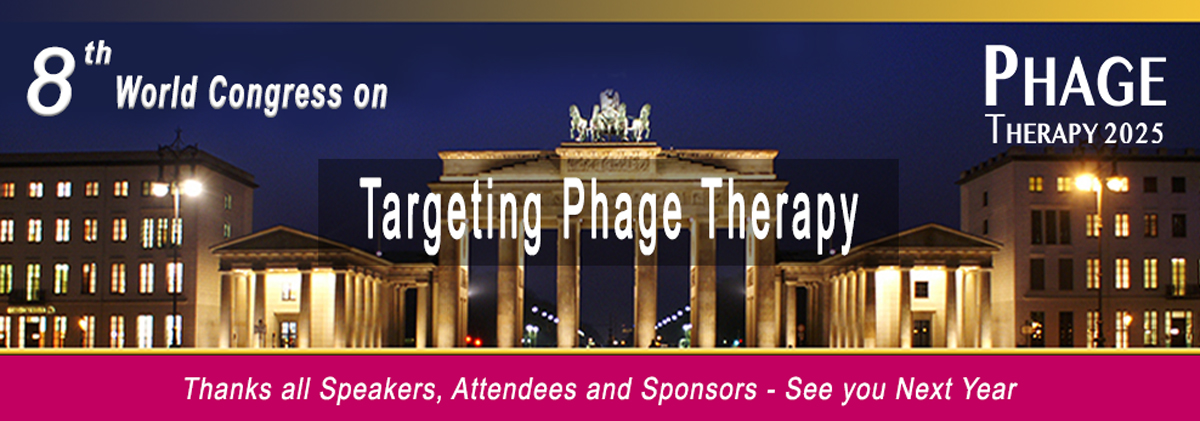
Potential phage therapy applications from the One Health perspective
In response to escalating antimicrobial resistance rates, the field of bacteriophage (phage) therapy, led by Robert T. Schooley and his team at the Center for Innovative Phage Applications and Therapeutics, Division of Infectious Disease and Global Public Health, University of California, San Diego, La Jolla, CA, is experiencing a resurgence of interest. Phages, which are natural predators of bacteria and were first discovered over a century ago, are now being extensively researched for their potential therapeutic applications.
For phages to be utilized effectively in therapy, certain criteria must be met. Firstly, they should ideally be lytic, meaning they actively destroy the bacterial host. Secondly, they need to efficiently kill the targeted bacteria. Lastly, thorough characterization is essential to ensure the exclusion of any potential side effects. Achieving these prerequisites requires a collaborative effort among various stakeholders.
This review article offered an in-depth examination of the current state of phage therapy. It encompassed a wide range of topics, including the biological mechanisms underlying phage action, clinical applications of phage therapy, existing challenges in the field, and potential future directions. Of particular interest are discussions surrounding the use of naturally occurring phages as well as genetically modified or synthetic variants.
By shedding light on these critical aspects, this review aims to contribute to the ongoing dialogue surrounding phage therapy and its potential as a valuable tool in combating antimicrobial resistance.
Image Description:
